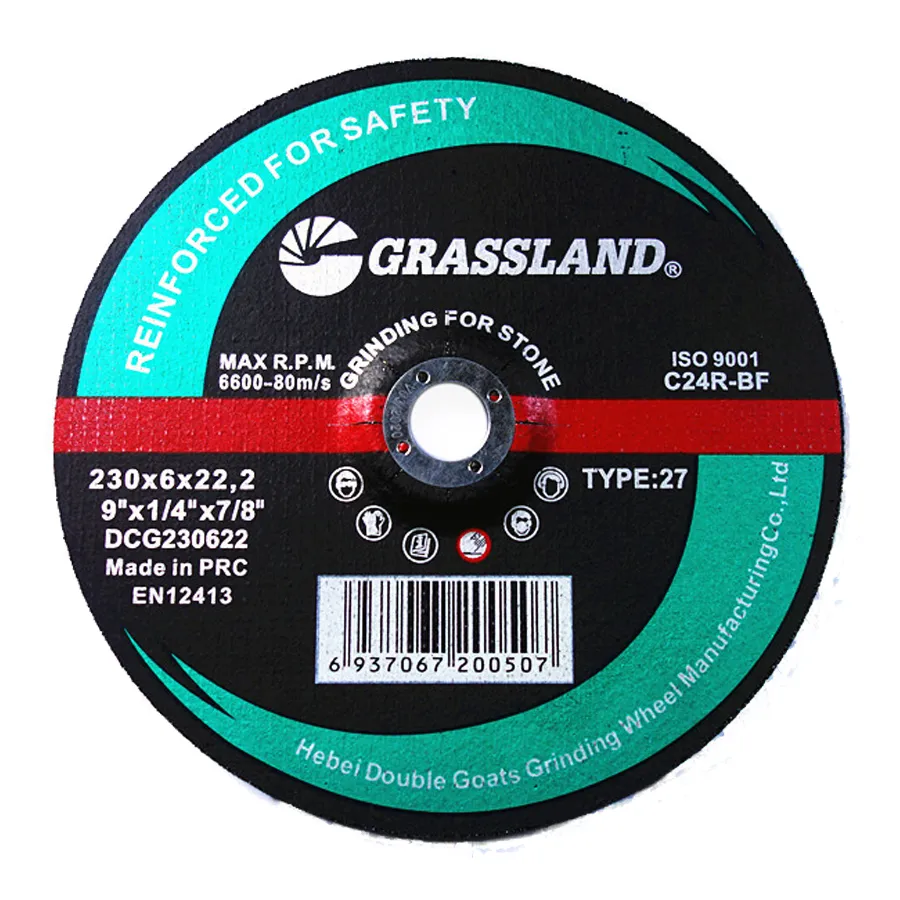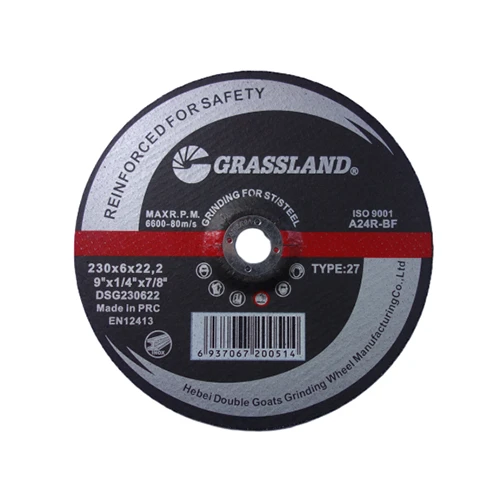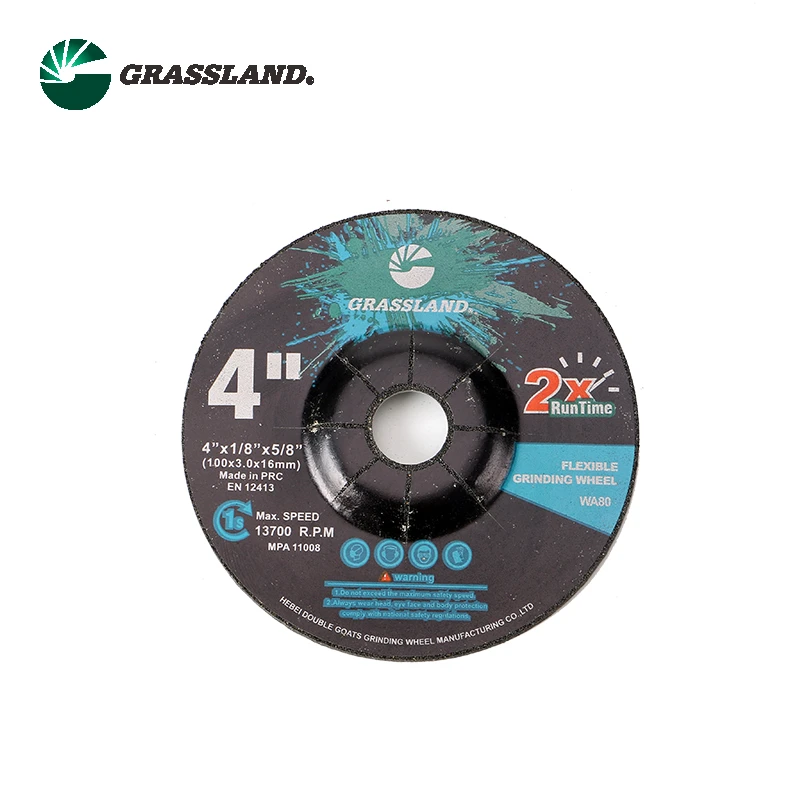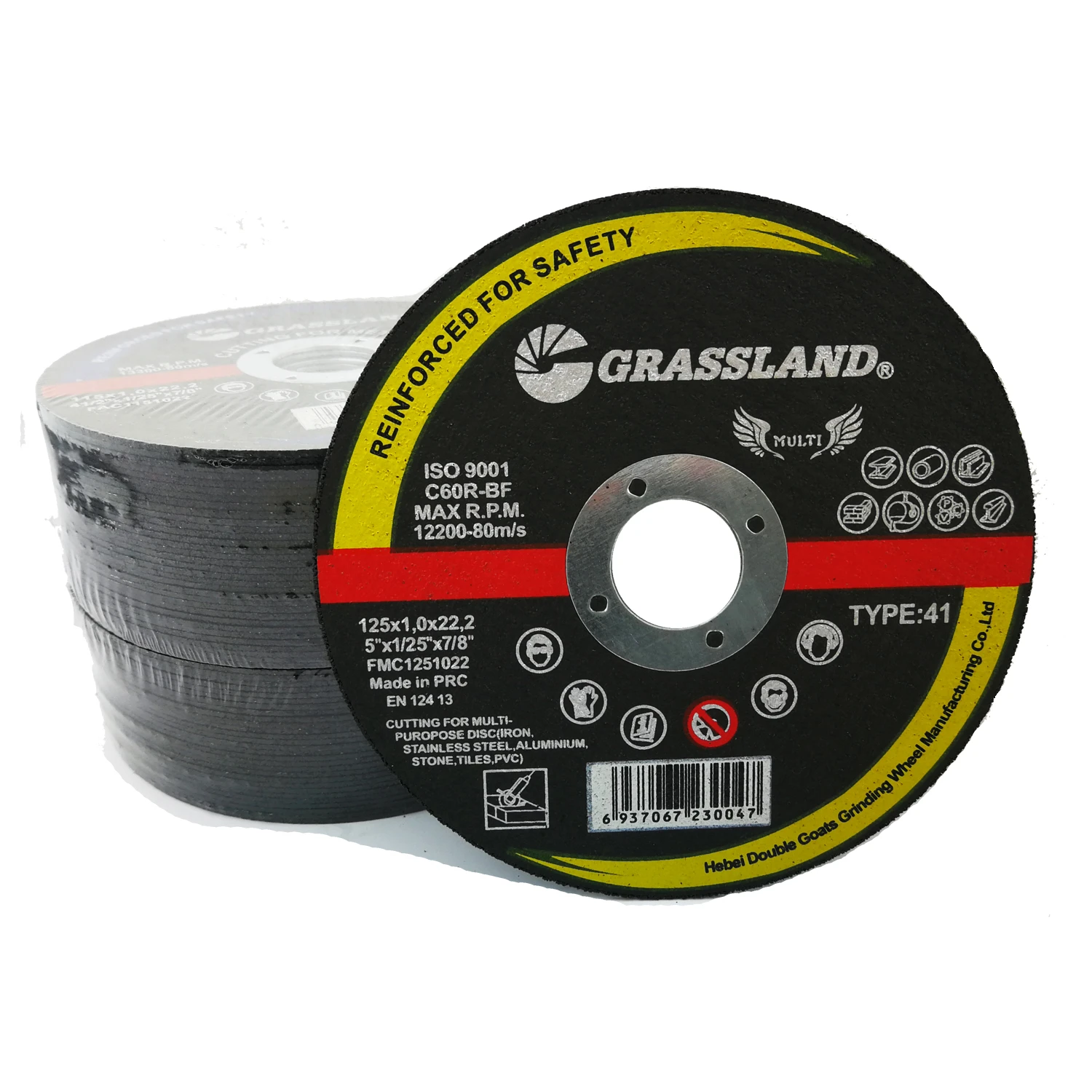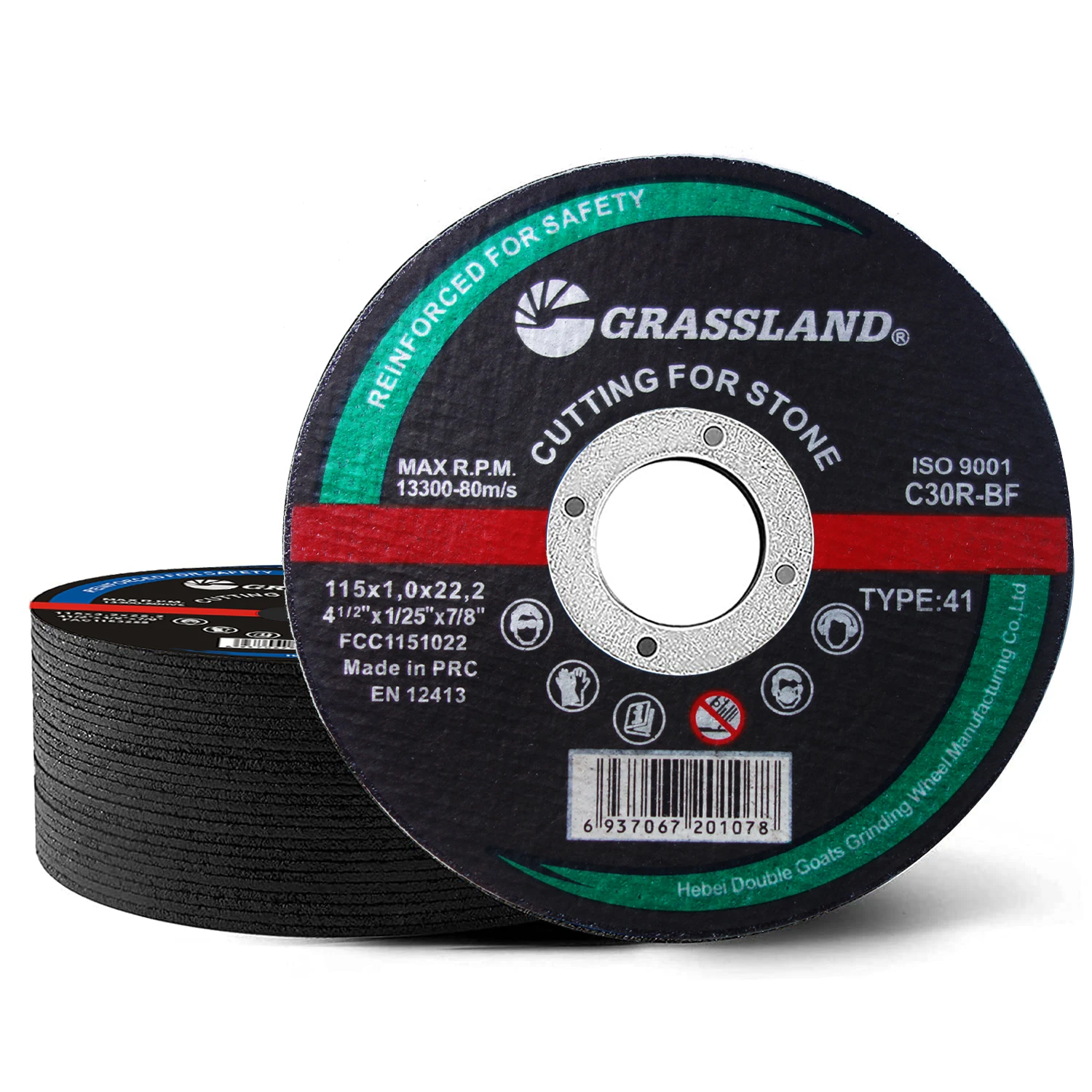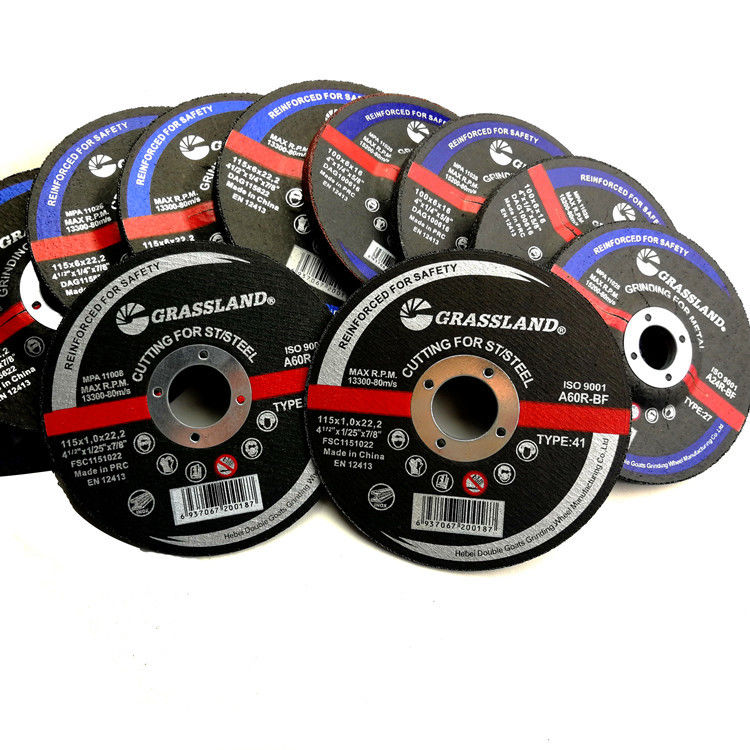
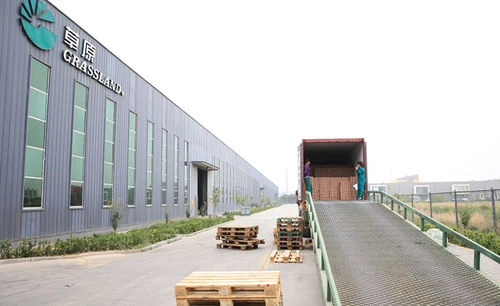
A deeper dive into the specifics of a cutting wheel’s usage reveals its capacity for wet or dry cutting. Wet-cutting wheels are usually impregnated with diamonds and are optimal for jobs where dust suppression is vital, while dry cutting wheels are more commonly used in regular applications due to their versatility and ease of use – albeit at the cost of increased material waste and reduced cutting speed. Safety and efficiency should not be overlooked when selecting and using cutting wheels. Ensuring the wheel is appropriate for the angle grinder's speed and the material being cut guards against premature wear and potential accidents. Regular inspection of the cutting wheel for cracks or damage and adhering to the manufacturer's guidelines are critical steps in fostering a safe work environment. Overall, the art of selecting the right angle grinder cutting wheel is rooted in understanding the physical and chemical properties of the wheels and the materials being worked on. Staying informed about emerging technologies and materials in cutting wheel manufacture ensures a high level of expertise and authority in your projects. This robust knowledge fosters trustworthiness as you make informed decisions tailored to the demands of everyday cutting tasks as well as more challenging industrial applications.
Post time:Jan - 11 - 2025







